In the bustling city of Jaipur, a troop of langur monkeys descends from the ancient temple spires, their silver fur catching the morning light. These revered creatures, considered manifestations of the monkey god Hanuman, move with an unsettling confidence through traffic-choked streets, snatching fruit from vendors and occasionally biting tourists. This scene encapsulates India's modern paradox: how to reconcile centuries-old religious veneration with the ecological and urban crises caused by its growing primate populations.
The Hanuman temples scattered across India have long served as both spiritual centers and de facto wildlife sanctuaries. For generations, feeding temple monkeys was considered an act of devotion, a way to earn blessings from the mischievous yet divine creatures associated with Lord Hanuman. But as Indian cities expand exponentially, this age-old symbiotic relationship has transformed into an ecological time bomb. The monkey population in urban areas has exploded, with Delhi alone reporting over 20,000 rhesus macaques competing with humans for space and resources.
Urbanization has turned religious tradition into a public health nightmare. Monkeys now raid hospitals for intravenous drips, attracted by the glucose. They've caused fatal motorcycle accidents by jumping onto riders mid-traffic. In government buildings, they've stolen important files and even attacked officials. The situation grew so dire that during the 2010 Commonwealth Games, Delhi employed langurs - natural predators of smaller monkeys - as security measures at venues, a controversial solution that merely shifted the problem elsewhere.
The ecological consequences run deeper than nuisance behavior. Temple monkeys, artificially sustained by ritual feeding, have disrupted local ecosystems. Their overpopulation has decimated bird populations by raiding nests. They've outcompeted other urban wildlife species, creating an imbalanced urban ecology. Meanwhile, their dependence on human food has altered natural foraging behaviors, making them more aggressive and less capable of surviving in wild habitats.
Religious sentiments complicate conservation efforts. When municipal authorities attempt to sterilize or relocate monkeys, they face protests from Hindu groups. The Delhi High Court once had to intervene after relocated monkeys kept returning to the city, demonstrating the failure of conventional wildlife management approaches. Some temples have tried implementing feeding schedules or designated areas, but these measures often collapse under the weight of devotional fervor from pilgrims determined to feed the "divine messengers."
Innovative solutions are emerging from unexpected quarters. In Shimla, wildlife biologists have introduced contraceptive vaccines to control monkey populations humanely. Varanasi's temples are experimenting with "monkey parks" - enclosed forested areas where primates can live naturally while still being accessible to devotees. Tech startups are developing AI-powered deterrent systems that use high-frequency sounds to keep monkeys away from sensitive areas without harming them.
The crisis reflects a broader global challenge: how modern societies reconcile cultural heritage with environmental sustainability. As India urbanizes, its sacred spaces become contested ground between tradition and modernity. The monkeys, unwitting participants in this drama, continue their precarious dance between veneration and vilification. Their fate may well determine whether ancient religious ecosystems can adapt to the Anthropocene era.
What began as simple acts of devotion at neighborhood temples has spiraled into complex ecological management challenges requiring interdisciplinary solutions. The story of India's temple monkeys serves as a cautionary tale about unintended consequences when spiritual practices collide with urban expansion. It also offers glimmers of hope, showing how cultural traditions might evolve to meet contemporary environmental realities without abandoning their sacred roots.

By /Aug 12, 2025

By /Aug 12, 2025

By /Aug 12, 2025
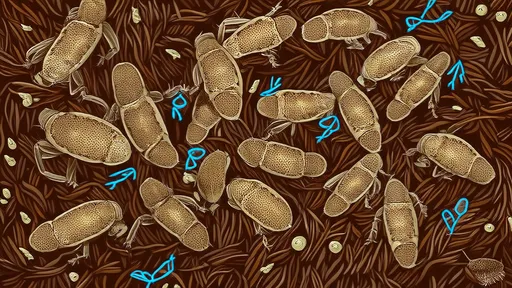
By /Aug 12, 2025

By /Aug 12, 2025
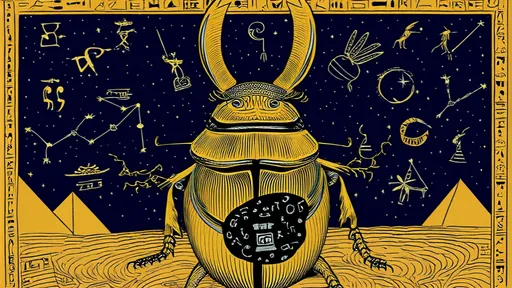
By /Aug 12, 2025

By /Aug 12, 2025
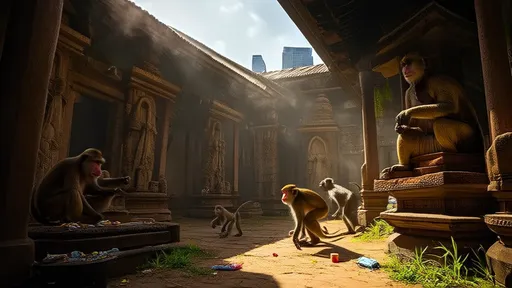
By /Aug 12, 2025

By /Aug 12, 2025

By /Aug 12, 2025

By /Aug 12, 2025
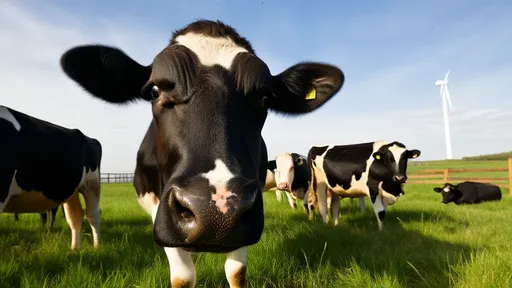
By /Aug 12, 2025

By /Aug 12, 2025

By /Aug 12, 2025
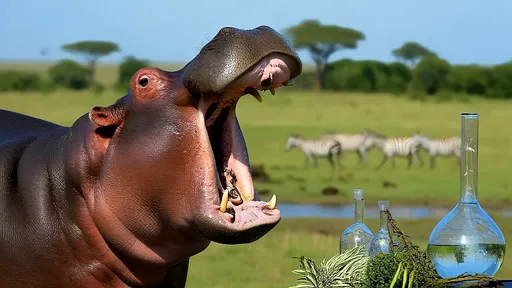
By /Aug 12, 2025
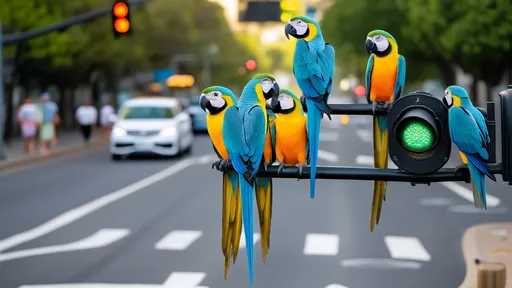
By /Aug 12, 2025

By /Aug 12, 2025
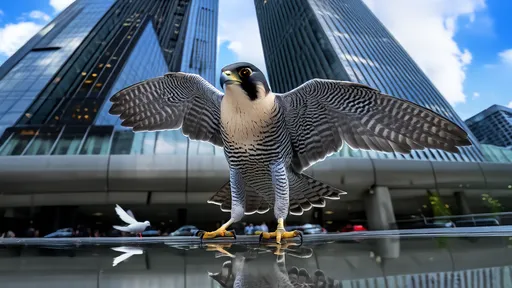
By /Aug 12, 2025
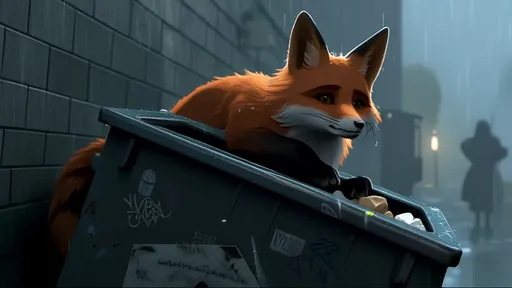
By /Aug 12, 2025

By /Aug 12, 2025